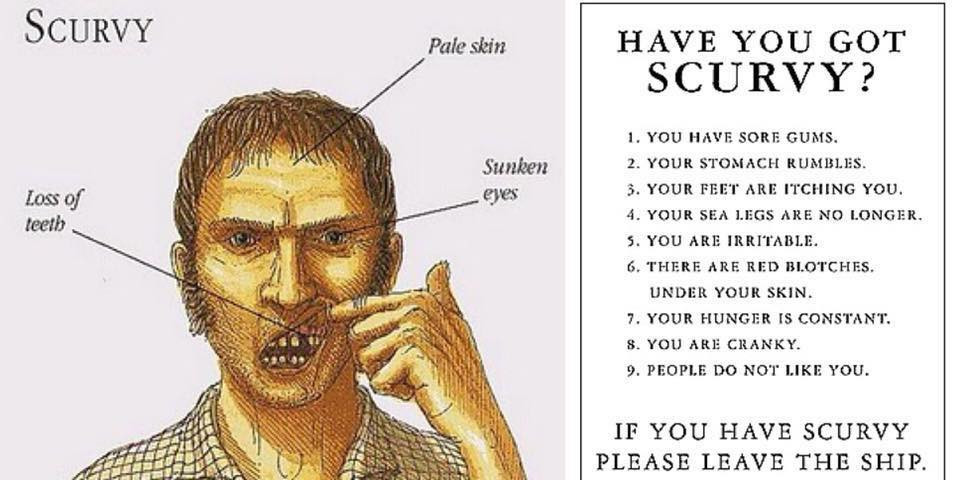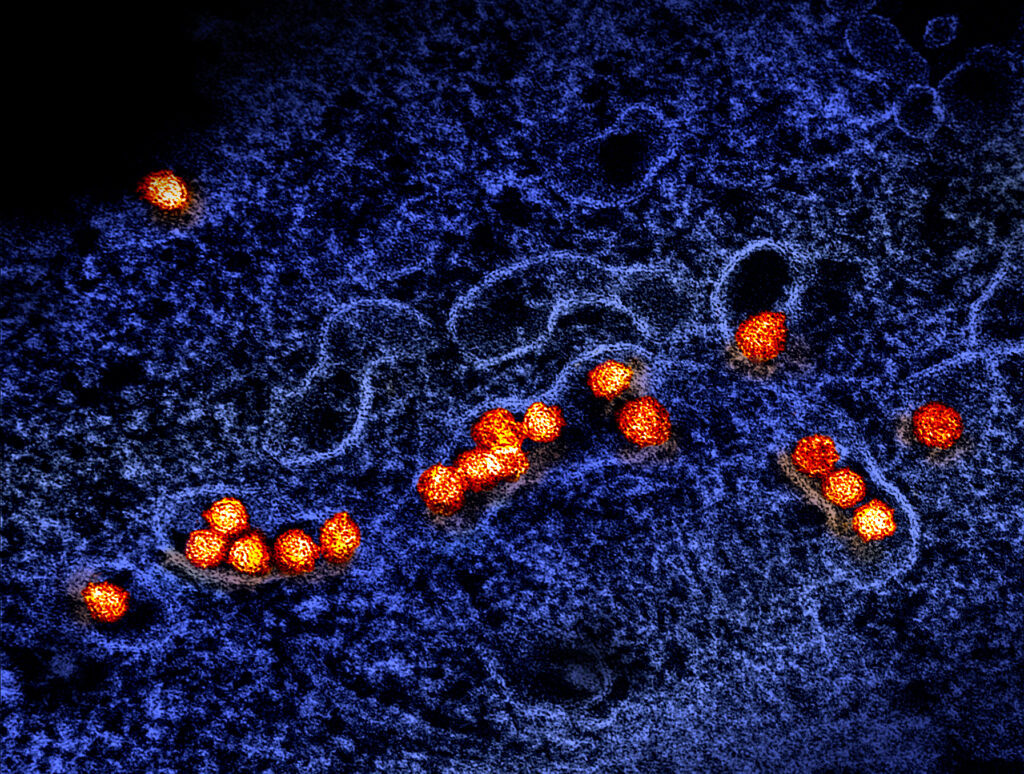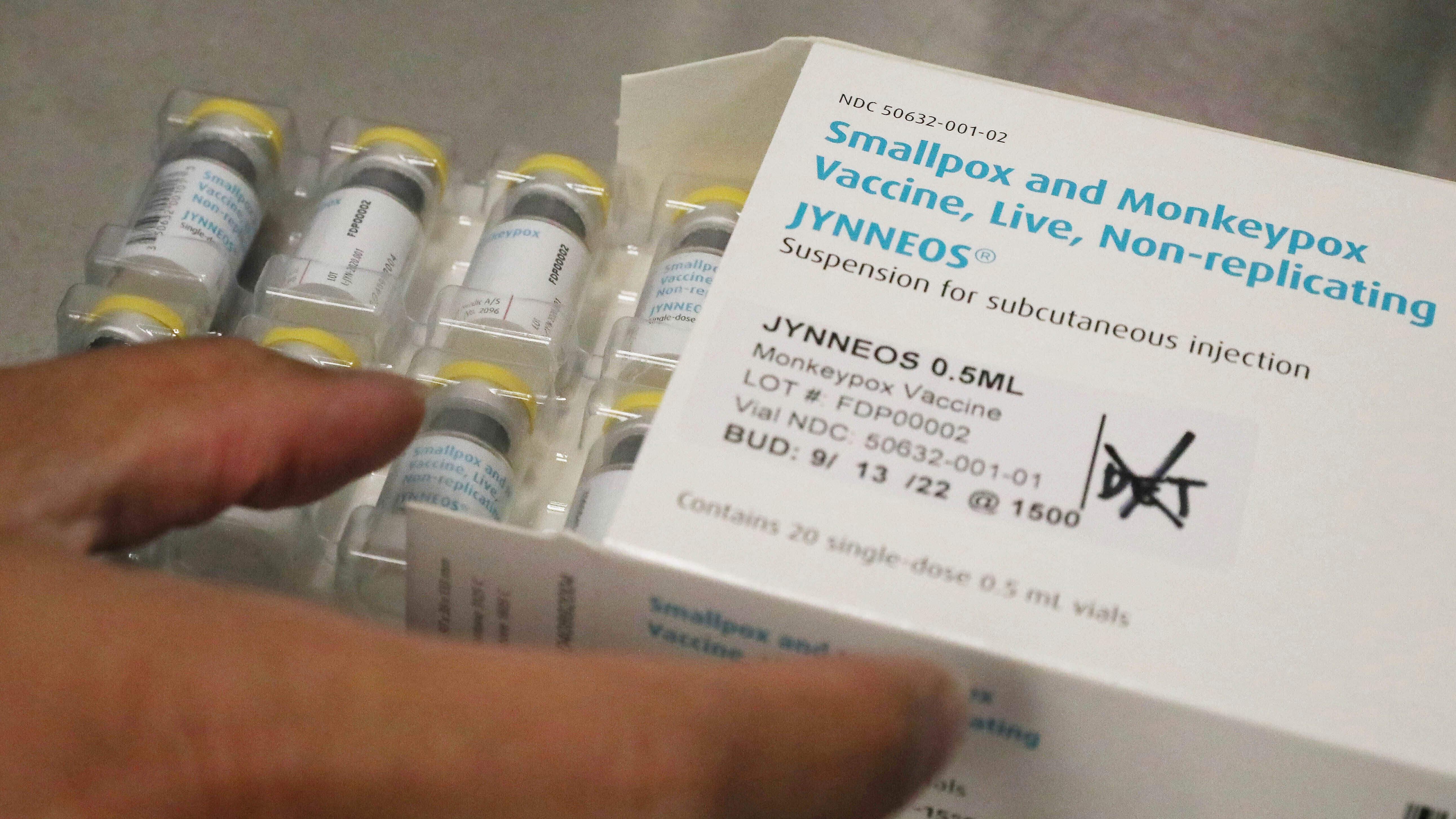A recent Canadian case of scurvy shows the disease is not just an archaic diagnosis of 18th-century seafarers. After a 65-year-old woman from Toronto was diagnosed with scurvy last year, researchers say doctors should watch for possible cases.
The study published Monday in the Canadian Medical Association Journal (CMAJ) outlines the case of the woman who was treated at an emergency department after experiencing "progressive leg weakness and poor mobility" over eight days. Doctors also observed skin lesions, gum changes and anemia, among other symptoms.
She was diagnosed with scurvy, also called hypovitaminosis C, a disease caused by an extreme deficiency in vitamin C, according to researchers. Vitamin C plays an essential role in many metabolic processes, production of collagen and wound healing.
Scurvy Symptoms and Diagnosis
Scurvy can initially have symptoms such as fatigue, lethargy, weakness, irritability and low mood, which researchers said can make it challenging to diagnose it quickly. Moreover, results for a vitamin C test can take time; in this particular case, it took two weeks. Over time, some common signs of the condition include coiled “corkscrew” hairs due to hair-producing cells not getting sufficient blood, perifollicular hemorrhages, bruising, hematoma formation, musculoskeletal pain, gum disease and anemia.
Scurvy can also cause cardiorespiratory symptoms, such as shortness of breath, chest pain, hot flashes and night sweats.
A detailed assessment of the Toronto patient’s social and dietary history helped doctors to diagnose her with scurvy.
Risk Factors for Scurvy
Scurvy has numerous risk factors, but patients with low socioeconomic status or who don't have enough quality food to eat may be at greater risk for the disease, according to researchers. It was diagnosed after considering the woman’s medical and social history, the study said. She had a history of hypertension, dyslipidemia, hypothyroidism, anxiety and depression. In addition, she said she smoked half a pack of cigarettes per day, which researchers said was likely a factor in developing scurvy.
Moreover, she had "substantial limitations" to her daily activities, such as grocery shopping and preparing meals, for several years due to muscle pain that made walking difficult, read the study. She also reported little social or family support, which resulted in a poor diet consisting mostly of canned soup and fish, and lacking in vitamins.
The study cited data that suggested vitamin C deficiency was more common in people with low socioeconomic status.
Doctors Advised to Consider Scurvy Diagnosis
Although scurvy is often "asymptomatic" and rarely requires serious care, the authors of the report say doctors should still consider the diagnosis, particularly in patients with abnormal bleeding, as well as fatigue, edema or shortness of breath. Moreover, doctors should consider patients at increased risk for vitamin C deficiency, including pediatric patients, smokers or those who have a substance use disorder, malabsorption syndrome or restrictive eating pattern, such as those with autism spectrum disorder or tea and toast diet.
When the Toronto woman was at the hospital, doctors observed skin discolouration on both her thighs had been present for about three months. Before she ended up in the hospital, the woman’s family doctor had prescribed topical antifungal treatment for the skin lesions, believing it was tinea cruris, also known as jock itch, but it didn’t help. The woman also had similar skin lesions about a year earlier, which disappeared “spontaneously.”
When she was hospitalized, she had normal vital signs and didn’t have a fever, though her gums had bruises and swelling, according to doctors.
Upon diagnosing her with a serious case of scurvy, doctors gave her 1,000 mg of intravenous vitamin C for seven days, then 1,000 mg of oral vitamin C daily.
“Her lower leg weakness began to improve after vitamin C treatment was started,” researchers wrote.
She was later treated at a rehabilitation facility.
Although vitamin C is a recommended treatment, doctors said they don’t believe clear evidence-based guidelines are available yet.
A Modern-Day Warning
The case of the Toronto woman serves as a stark reminder that scurvy, while often associated with historical figures, can still occur in modern society. The increasing prevalence of food insecurity, particularly among vulnerable populations, has raised concerns about potential rises in cases of scurvy.
This case highlights the importance of early diagnosis and treatment of scurvy. It also underscores the need for comprehensive social programs that address food insecurity and promote healthy eating habits. Only through a multi-faceted approach can we prevent the resurgence of this preventable disease.



















